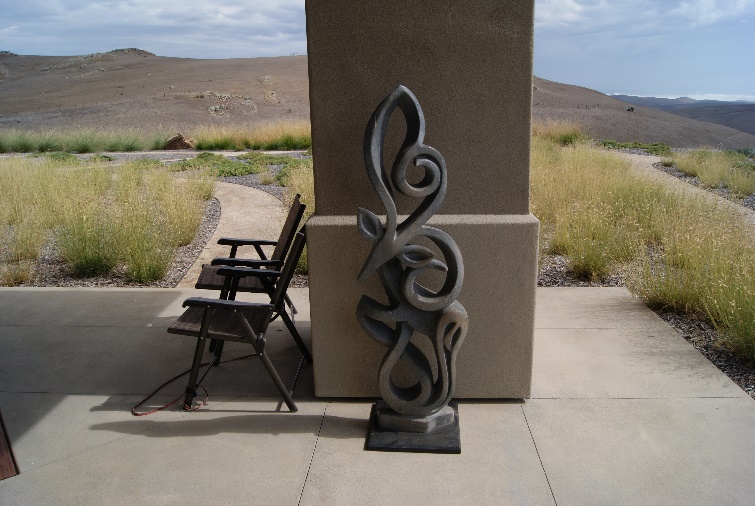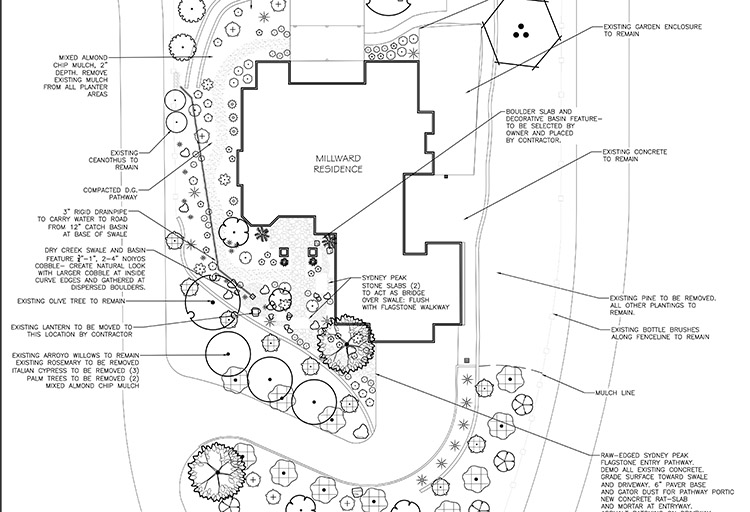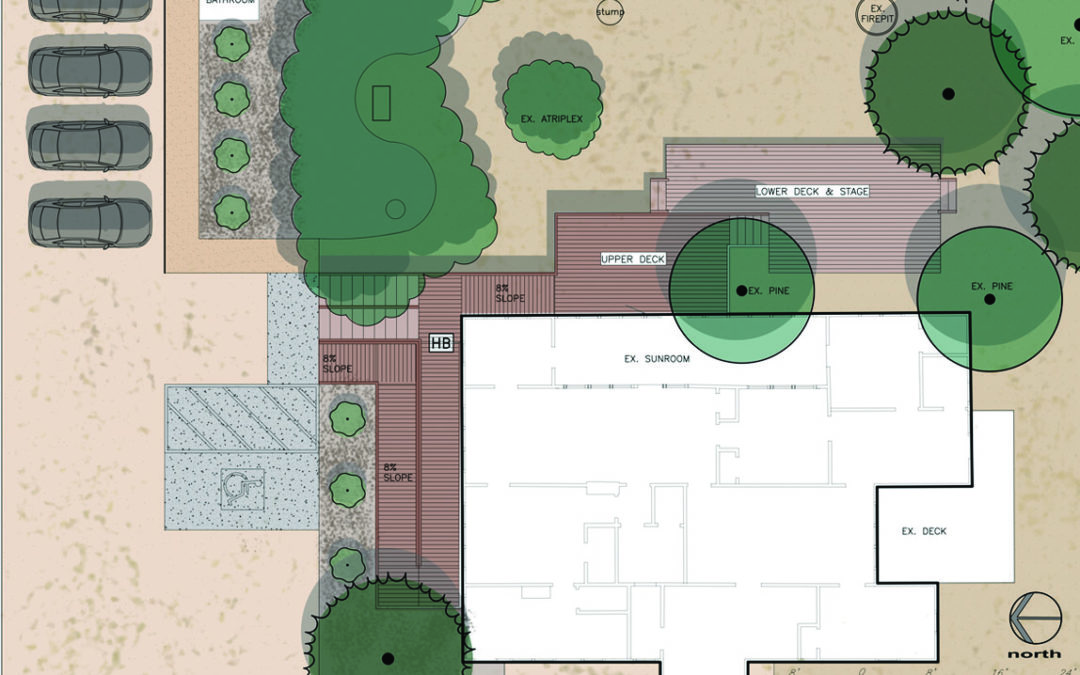
May 1, 2019
by Jules Welch
It’s easy to be overwhelmed when looking at an empty plot of land or a back yard in disrepair. Luckily for homeowners, HOA’s, and commercial property owners, landscape designers see your space as a blank canvas—a unique opportunity to meld function with artistic expression. Design style plays a huge part in every built environment, and often incorporates a colorful mix of the owner’s personality, designer’s aesthetic, and greater climatic and cultural context. Some design styles that are popular for our coastal California area include:
-Contemporary/Minimalist
-English Cottage/Craftsman
-Xeriscape/Native/Low Water
-Mediterranean and Spanish
Colonial Revival
There is a lot of overlap when it comes to style, but
certain core characteristics define each aesthetic. Read more about these
traits to find out what speaks to you:
Contemporary/Minimalist:
Colloquially described as “modern” design, contemporary landscapes are influenced by mid-century modern art and architecture but are defined by their cutting-edge qualities for the present day (which, technically, could be any style). However, when someone refers to a contemporary landscape, they are likely describing a geometric style which features minimalism, clean lines, and grid layouts. Contemporary design is often used in commercial projects such as campuses, plazas, and office buildings; it may also be used to complement custom homes. These landscapes generally favor green foliage over colorful flowers, with intentional spacing and simple hardscapes like concrete or pea gravel.
Gain Inspiration: Andrea
Cochran is a renowned Bay Area designer known for her spacious designs with
an emphasis on form.
English Cottage/Craftsman:
English Cottage Gardens came into their own during the
industrial revolution, when families fled city life for remote holiday cottages
in the country. This mix of ideologies brought a unique design sense which mixes
the formal with the chaotic. English cottage gardens can be identified by their
overgrown, lush look, usually incorporating lawn and border plantings among
tightly-grouped flowering perennials.
Gain Inspiration: Gertrude
Jekyll (1843-1932) was known for her craftsman inspired cottage gardens,
using color “rooms” to achieve dynamic and natural mass plantings.
Xeriscape/Native/Low
Water:
Xeriscape is a style of landscape design which requires minimal
irrigation and maintenance, focusing on efficient use of water. Often using native
and native-adjacent plants, these water-wise gardens tend to evoke an arid,
desert feel. Gravel, cactus, and decomposed granite are the keystone elements
of a xeriscape. Designers also incorporate sustainable water-harvesting
elements such as planted swales and rain gardens into their xeriscapes. Native
California gardens can still look lush, colorful, and attractive, while still
retaining their drought-tolerant, low maintenance qualities.
Mediterranean and
Spanish Colonial Revival:
Most coastal regions in California have a Mediterranean climate, meaning that numerous plant species from Southern France, Italy, and Spain thrive here! Mediterranean design styles bring lavender, olive trees, and Italian cypress into California’s landscape. It is also the origin of our incredible wine culture. Often using plaza-style patios, pavers, vines, and potted plants, Mediterranean design makes the most of sun/shade, views, and crops. Sometimes used to describe Spanish Colonial Revival style, these gardens often incorporate stucco walls, tile, and cooling water features. Symmetry and striking, sculptural plants with colorful foliage often come into play.
What’s your Design
Style?
Design style can be subtle or overt, but it is responsible
for the feeling we get in an outdoor environment, whether familiar or obscure,
nostalgic or innovative, cozy or vast. Most importantly, though, it’s what
makes home feel like home.



